Audio Note UK M3 Phono Preamplifier
Can Dave McNair decipher what makes Audio Note so special?
This was a difficult piece to write. I had to do more than my usual amount of listening, swapping gear, and thinking about how best to convey the Audio Note UK sound if such a thing exists. Many thanks to Peter Qvortrup and Adrian Ford-Crush of Audio Note for their help and patience.
Audio Note has been on my radar for quite some time. I’ve read a bit about the origin of Audio Note Japan and, later, Audio Note UK - it’s an interesting and somewhat usual story. I’m not going into it here, but there is information online for those curious enough to search and parse your own conclusions.
What is clearly apparent is a passion for music reproduction and the diligence to achieve that at the highest level which is pervasive throughout Audio Note UK, especially by its figurehead, Peter Qvortrup. I had a delightful time at the 2023 Florida International Audio Expo, talking and listening to Mr. Qvortrup and Mr. Ford-Crush in the Audio Note room. I’ll point out that after years of sticking my head in for a few seconds or bypassing Audio Note rooms altogether, I was finally witnessing the magic of Audio Note in this little hotel room on a Sunday afternoon. The sound was splendid, and I began to feel the tug of wanting to write about this stuff. AN was kind enough to send me an M3, at $13,500, the midline preamp. Being a vinyl junkie, I got the M3 Phono variation which contains a phono preamp suitable for MM carts. I was also sent a matching Audio Note SUT and Pallas II model interconnects to use my MC carts.
When I had the preamp in my system and the moment of truth was upon me, I have to confess that while it sounded good, I struggled to hear anything jumping out at me as revelatory. My feelings changed quite a bit later. Sometimes, gear that is excellent in subtle ways takes me more than a minute to decipher. This was one of those times.
The M3 Phono was inserted into my system, which, during the review period, consisted of Acora Acoustics VRC speakers, Audio Research Ref 80S power amp, and my TW Acustic Raven LS turntable, fitted with two Raven 10.5” arms and the 3 motor upgrade. Carts used were a Dynavector XV-1t and a Charisma Audio YYZ. At various times, I did a lot of comparing to an Audio Research Ref 6SE, Ref 3SE, and VAC Master preamplifier. Cardas cables were used throughout except for the AN Pallas II ICs from the SUT to M3 phono input.
The M3 Phono is most definitely not tubey sounding. I prefer vacuum tubes for home audio playback and some select spots at my mastering studio. But I don’t wanna hear too much thermionic goodness - just enough to get a tingle. The M3 Phono gave me a tingle, but it was more complicated than that. Like analog tape, tubes and transformers giveth and taketh away. Managing those things is all about great engineering.
I played every genre and quality level in my vinyl collection including a number of freshly cut lacquers, party 'cause it was so enjoyable, but also to decode what it was about the M3 Phono that was so engaging to my ears. I still don’t know if I have the answer! Maybe that’s a good thing?
Maybe if I reached out with some questions for Mr. Qvortrup, I would have some hints to alleviate my madness! Peter was more than forthcoming by replying to my questions with a tour de force of ‘splainin.
1) DM: What is the general process for wanting to create a new product or upgrade an existing one?
PQ: Having started my audio “journey” as a customer that spent a fair amount of money on various highly reviewed and recommended pieces of equipment in the 1970s, I moved to buying vintage equipment in the late 1970s and early 1980s. It quickly became clear that something had gone terribly wrong at some point between the 1940s and the start of the 1970s, notwithstanding the transition between the 78 and 33 microgroove LP and the improvements this wrought.
It became increasingly clear to me that having “specialist” manufacturers making products that represented some part of the system, whether it was turntables, arms, cartridges or amplifiers and speakers, did not seem to produce an overall sound that was either balanced or believable no matter how good the software appeared to be. Yes, it was possible to hear differences, but there was never a consistent sound between different pieces of equipment that allowed for a predictable end result, so the mix and match was not a solution as it became clear no manufacturer really understood the part of the chain they made but had no idea what happens in the rest, when criticized they just pushed the blame on other parts of the system whilst claiming “synergy” had to be the ultimate goal.
So, from the start the main objective was to create a complete product range, end-to-end and bottom-to-top. Applying the same sonic philosophy across the range divided into performance level to aid dealers and customers as they move up the range where sonic performance improvements are guaranteed with little to no diminishing returns as costs of the products rise.
It was clear that doing this required a very extensive understanding of every part of the chain, so I started investigating, comparing different approaches and speaking to as many of the older designers as I could. I was able to track down old engineers like A. Stewart Hegeman (Citation amplifiers), Stan Kelly (Kelly ribbon speaker), Saul Marantz, Donald Chave (Lowther), Paul Klipsch, Bruce Tigpen (Colony & Eminent Technology linear tracking arms), Oscar Heil (Heil air motion transformer), to mention a few. What became clear over the 10 or so years I spent doing this was that whilst many of the early pioneers in audio design had a generally better understanding of what was needed to create products that work better together, none of them had anything approaching a full understanding, neither technical nor theoretical.
It has taken years to develop a comprehensive understanding of how music passes through every part of the system, and what effect parts, materials, circuits, acoustics, magnetics etc.
At this point I think it is worth mentioning that Audio Note is a 45 year plus project so far, where I have explored every aspect of every part of the audio reproduction chain in great detail in order to see where developments took a wrong turn and why. Starting with the invention of the “talking machine” by Thomas Edison to try to understand where the historical crossover points caused important changes in sound quality and what the objections, reservations and benefits were discussed at the time. For example, when recording systems changed from acoustic to electric in and around 1925, many critical voices complained that the authenticity of the recordings were “lost” as a result of the longer path between the performer and laying down the cut and issues with the microphones and amplification driving the cutter, and whilst this was true in some sense, there is no doubt that the microphones/amplifiers used did generally improve fidelity overall, although there are still aspects of what the horns captured that are missing.
It got a lot more complicated as tape recorders were introduced in the mid-1930s. Have a read of an article I wrote several years ago where I touch on these issues.
Today, when one speaks to audio engineers, designers, reviewers, and many, if not most, customers, there is little to no understanding of where anything came from and there have really been no serious attempts to compare new products or changes in technology to earlier efforts to check whether new products are actually a genuine improvement on past efforts.
The lack of a comparative view of the history of development within any given branch of audio design to establish whether progress has actually been made was abandoned several decades ago, as the belief in progress as a timeline remains unchallenged.
This is regrettable as history is an important store of our collective knowledge and memory and allows a level of understanding which is not available otherwise. Technology has advanced, but so far only the early technologies seem to provide an authentic version of what is on a recording. I am well aware that this statement will get stuck somewhere, but it is nonetheless possible to demonstrate without much difficulty, so it is not conjecture.
So, we strive to make a complete system which fit within seven sonic quality levels —Zero to Six— so most products come out of a process where we initially gradually filled in the “gaps” in the range in each level. Simultaneously we have been developing better parts, resistors, electrolytics, signal capacitors, and transformers since the late 1980s/early 1990s.
DM: Listening is paramount in component development, but could you tell me where measurements fit in the picture?
PQ: We use measurements as a way of ensuring consistency of electrical behaviour, as they are not in any way a measure of sonic performance beyond a certain point. I know this is controversial, but until someone can design a product that proves this wrong it remains true, which only goes to show how little we actually know about audio design.
I would say that we start with a paper design, then make a prototype whose “life” starts with measuring. Making sure it behaves in terms of bandwidth, hum, distortion, noise etc., but we never chase numbers, but rather design within parameters that centre around avoiding any attempt to correct the natural circuit behaviour (a circuit that needs correction is not a solution we would consider), hence all our Level Three to Level Six electronics have no feedback, or in the case of the DACs, no oversampling, filtering etc. Levels Zero to Two use small amounts of feedback, but again the DACs do not use any corrective measures. After the prototype has passed the technical stage it is then voiced using the wide range of specialised parts we have designed over the past 25 – 30 years, such as magnetic Tantalum, non-magnetic Nichrome, non-magnetic Tantalum and Niobium resistors ranging from ½ watt to two watt in three versions non-magnetic with copper lead out wires, non-magnetic with solid silver lead out wires, and all silver endcaps with solid silver lead out wires.
See our range of specially designed audio parts here:
Over the many decades we have been studying and listening, we have developed an excellent understanding and overview of which parts and materials combine to voice any product given its performance level, so the actual voicing has become a less time-consuming task at the end of the product development process.
DM: Has AN UK always used its own electrical parts or did this come about at some point in the past? Are parts not made in-house sourced from the usual parts suppliers, but made especially to AN spec?
PQ: We have always been very careful with the parts we have used going back to the time when I started Audio Innovations in 1984. I knew from the latter part of the 1970s that parts sounded wildly different and the most parts used in audio equipment were industrial parts that were made to low cost rather than sonic quality. This understanding led me to start looking at how materials and manufacturing processes affect the way a component sounds. If you look at the parts and components price list, you will get a better idea of just how enormous a task it has been to complete the range of specialist parts we now offer.
We make our signal capacitors, transformers, and most wiring boards in house. Our electrolytic capacitors and resistors come from two Japanese suppliers, with whom we work very closely. My chief design engineer, Andy Grove, and I go to Japan once a year to discuss ideas, materials and processes etc., and to maintain our good personal relations with engineering and technical staff.
4. DM: Do designs start with the top-of-the-line wire (silver) and highest-quality parts, or does a design start with basics and then higher-end parts substitutions happen later?
This varies, some designs or shall we call them ideas, start from the need to create a better product. Take for example the Legend project, which took over seven years to complete. Or the field coil versions of the AN-E loudspeakers which took about six years, Covid included. Or our forthcoming idler-wheel drive CD transports. We traditionally started at the top end, but these days it varies where an idea starts its life. A small list of projects we have just launched or are working on include:
The field coil versions of our AN-E loudspeakers. 2025 is the 100th anniversary of the Kellogg & Rice moving coil loudspeaker patent, K&R used a field coil magnet system on these drivers, so it is fitting that we honour that.
The discrete resistor DAC, 11 years in development. We have found a way of using discrete resistors with 1 – 2 % tolerance and use a computer program to top up each resistor variance, the result is pretty interesting sonically.
The idler-wheel drive CD transports, based around the Philips CD Pro mechanism. This project started its life as a belt-drive system, but issues with the belt life and reliability caused a closer look at alternatives, and the idler wheel principle won the day by some margin. It will revolutionize the sound of CD playback in the same way that our new DAC design will do.
DM: How do you know when a design is finished? Are there some internal listening metrics that you simply know have been achieved?
PQ: This is a really good question. What it comes down to is a cost-to-sonic equation, where we design the circuits and use parts to balance the voice to fit within a cost-to-retail price to fit within the level it is designed to work within, so basically an optimisation of cost of manufacture, retail price and position in the level system. In other words, we keep experimenting with parts compliment until we feel that further changes either make no difference or reduce the fidelity or raise cost to a level above where the product belongs. The only products that are not subject to cost constraints are the Level Five and Six products, especially the latter.
DM: Do you have a set of reference recordings that are used during the design process? Might you mention a few that you consider essential? What are you listening for?
We do use recordings that we are familiar with, but if you read the article called “Are You On The Road To Audio Hell?” you will see that we do not rely on the conventional system of using reference recordings to determine whether we have improved the sound or not. Using reference recordings as an evaluation “tool” is based on the erroneous assumption that we know more or less 100% what is on the recording (why else use it as a reference?) the fact is we do not have anything close to that level of certainty what was laid down in any given piece of software from what the microphone picked up at the event to how the recording system as a whole affected the sound.
When I realised this at some point in my pursuit of finding a reliable way of evaluating audio components and systems, I stared using what later became known as “comparison by contrast” rather than the comparison by reference which generally always forms the basis of equipment reviews and evaluations.
See the article written by my friend and collaborator Leonard Norwitz
What we listen for is the individual “voice” of any given recording, and the more a system or component individualizes this “voice,” the better a job is it doing.
7. DM: Have speakers and components from other manufacturers ever been used during the evaluation phase of an electronic component?
In the very early days when I was assembling the basis for what has become the Audio Note level system, I used a Voyd/Helius (turntable/arm), Audio Innovations amplifier (my first sojourn into making valve amplifiers), Snell loudspeakers and Audio Note cartridge and cables.
When Peter Snell died in September 1984, I realised that the new owners of Snell would not continue making the Peter Snell designed speakers, so I started a reverse engineering process to be able to replicate the performance of the smaller Snell models offered. In 1990 Audio Innovations started offering the AI-K, J and E, and when I sold the company I took the speakers with me which then became AN-K, AN-J and AN-E , the same as today.
From early 1991 after the sale of Audio Innovations, we closed a contract with Audio Note Japan where we would jointly develop the world market. The Japanese would make the top-of-the-range products under our guidance, and we would develop a lower-end range in support. The re-engineered Snell speakers became an important part of that arrangement.
We “adopted” the name Audio Note UK Ltd. as part of this agreement.
8. DM: What percentage of sonic performance is related to the circuit topology, and what percentage is the parts and layout?
Parts and material choices make a colossal difference to the sound of our products. It is the main “component” providing the improvements in sound as we move up the levels from Level Three to Level Six. The jump in sonic performance is very significant in fact. In the right circuit, improved parts and materials is the ONLY route to better sound. Here is what Jeff Day wrote in his comparison between the M3RIAA and the M6RIAA phono stages, to illustrate this from an independent source.
You are currently listening to an M3Phono pre-amplifier with the matching moving coil transformer and a Pallas/II interconnect. All these products are basic Level Three, meaning they have the following parts features:
Being Level Three the M3Phono is:
Copper-Copper wired output transformers with I-E laminations
Copper foil signal caps
PR4 hard boards hardwired with solid copper or silver wire
A mix of standard and KAISEI Audio Note electrolytic capacitors
Mix of ½ and one watt magnetic & non-magnetic Tantalum resistors
Standard tube compliment
In the top level Three pre-amplifier, the M5Phono, parts upgrades include:
Output transformer cores upgraded to SHiB double c-cores
A mix of electrolytic capacitors including KAISEI non-polar type
Mainly one watt non-magnetic resistors
Improved tube compliment, mainly ECC82 China made upgraded to 5814a NOS US made
For comparison the Level Four M6Phono pre-amplifier uses:
Copper primary with silver wired secondary output transformer with UHiB double c-cores
IHiB double c-core mains transformers
Tufnol boards hardwired with solid silver wire
Copper foil signal capacitors
A mix of mainly Kaisei polar and non-polar electrolytics
Non-magnetic one and two watt Tantalum resistors with Niobium adjusters
Mainly NOS tube compliment in PSU and line stage
Now a question for you David. When did you last come across a company that researched the effect on the sound of parts, materials and processes and invested literally millions of US dollars on development and building stock of specialist parts?
Talk and fancy brochures are cheap and easy to do. What we have done over the past 40 years is neither. As can be quite easily demonstrated by comparing an M3 with an M6 preamplifier, the quality of components etc. matters, so where are the audio engineers and audio producers who should be looking at this and why are they not?
Sincerely,
Peter Qvortrup
24 November 2024
A few things should be pointed out for those not familiar with Audio Note UK electronics:
There is no remote for the volume and input selection. There are 4, unbalanced line inputs, including the phono section. The output choices are: balanced on XLR connectors and unbalanced RCAs. Two stepped, ladder resistor switches control Left and Right outputs. These can be used to affect balance as well. I don’t think I’ve ever seen a preamplifier with this spartan of a design. This general philosophy of form-follows-function is used in all AN electronics. I missed having a remote, but I got used to a little extra exercise, which is always good thing. I’m sure Peter would say the sonic compromise of a remote was not in the cards for AN.
So, what does music sound like playing through an M3 Phono? Majestic and engaging. At some point, I had to give up on my ability to analyze a component's presentation by dissecting various audiophile metrics. This is NOT what Audio Note is about. However, a breakdown can be used to compare the other pieces I used so as to give the reader a closer concept of the M3 Phono’s sound.
The larger sonic picture is of assuredness - a feeling of impeccable care and respect for the tiny signals I asked the M3 Phono to amplify. There is a remarkable holistic-sounding, tight-weave quality to the presentation of instruments and voices. Harmonics and little filigree sounds are presented, but not in addition to the meat of a signal, but rather as fully integrated into the whole. This had the effect of focusing me on the music. The VAC Master Pre does a similar thing and is one reason I’ve loved it for several years.
Len Horowitz, one of my mentors and a major resource for mods and fixes on my custom Scully lacquer lathe, calls this timing. I think it has to do with the amount and location of negative feedback, which will affect not only distortion but the resonant behavior of a circuit. I think some audiophiles describe this as decay. Too little and things feel dry and incomplete; too much, and the music gets soupy and indistinct.
In the audiophile community, negative feedback has gotten quite a bad rap. However, the proof is in listening. My lathe sounds amazing and it uses 29db of feedback to make the cutter head linear! The M3 Phono uses no negative feedback to enhance distortion measurements or frequency response.
I was happy to discover that the M3 Phono is hella punchy. It has a rock n roll heart disguised as a classical music expert. It was equally comfortable playing The Mars Volta as it was playing Brandenburg Concertos. I had a lot of fun listening to Beck's - Morning Phase album. I also gave it tests by playing very bright or dark records. I was invariably shocked at how well the M3 Phono handled the extremes. Bright records were more listenable, and the M3 plucked large amounts of detail and speed from the dark ones.
I'm also happy to report that the An SUT may be the best-sounding SUT I’ve checked out to date. Clean, fast, linear, but never harsh. It worked like a charm on both of the carts I used. Interestingly, I didn’t feel the magic when I used the SUT into the lower gain option of the Ref 3ES phono I’ve been using.
I know from many gear swaps that the ARC stuff has a more-than-the-sum-of-the-parts effect. I suspect AN is in the same camp. It should also be noted that Audio Note UK is one of the few (if not only) hifi manufacturer to produce the entire range of gear used in home playback. (Rega is as well_ed.).
The M3 Phono (and the Vac Master Pre) did not have the unique patina to the sound I experience when using the ARC stuff. This was a case of differences and not necessarily one being better or worse - although I love that ARC shine.
So if the M3 Phono is on the clean side of the classic tube-vibe, what is it about the sound that I found to be so compelling?
The M3 Phono has a unique and elusive musicality that is tough to describe. It does not remind me of any solid state gear I’ve auditioned. It’s true enough to a recording that there are no erors of linearity or any other obvious anomolies. But it also has some kind of magic dust that it sprinkles on sources. Yes, I even tried some streaming.
I suppose the key thing for me was a sense of lack of chaos! The M3 Phono never sounds nervous. It cruises through the most difficult and complex recording with an assuredness that makes listening a pleasure—of ease and lack of any feeling of chaos that it brings to playing vinyl—a medium which has no shortage of chaos.
The M3 is all about balance. When all sonic parameters are working together, an environment of pure musical pleasure is achieved that transcends audiophile descriptions. It may not seem that sexy but this is the essence of what I found listening to the M3 Phono. It has a wonderful midrange density without being confusing. Imaging is impressively wide, deep, and pinpoint, but not in a “Hey, look at me put this sound over there!” manner. Ok, so you don’t get a remote and you have to silently count the steps of each volume control to get it balanced. I think that’s called First World Problems.
So who will this sort of presentation appeal to? Folks that love simplicity above flash. Like a simple but very high-quality tailored garment. Or a carbon fiber fixed-gear bike. People who live for cooking that embodies simple recipes using only the best ingredints. Yeah, that type.
If, like me, you’ve been curious about Audio Note UK, I’d encourage any audiophile to audition something in their wide range of products. You can thank me later.
Specifications
Technical Specifications
INPUT IMPEDANCE 100K Ohms - Line Level
47K Ohms - Phono
INPUT SENSITIVITY 126mV for 1V Output
OUTPUT IMPEDANCE <10 Ohms
UNIT WEIGHT 16 kg
UNIT DIMENSIONS 140mm (h) x 440mm (w) x 410mm (d)
Mains Input AC 100-120V / 220-240V 50/60Hz
Tube Complement The M3 Line Pre Amplifier features an ECC82 and 5687WB line stage, powered by a 6X5 valve-rectified power supply based on the M10 Galahad PSU. This power supply also features an ECL82 for voltage regulation and a 5651 for its voltage stabilizer. This power supply also features an ECL82 for voltage regulation and a 5651 for its voltage stabilizer. Audio Note (UK) copper wiring, a mix of our standard and AN(UK) tantalum resistors in key areas, Audio Note (UK) copper foil signal capacitors and our custom electrolytic capacitors are used throughout the circuit, along with in-house designed and manufactured, custom Audio Note (UK) output transformers which feature I-E M4 cores and copper windings. The M3 Line also has a correctly designed and implemented balanced output circuit.
Due to Audio Note (UK)'s ongoing research and development program, specifications are subject to change without notice.
Manufacturer Information
Audio Note (UK) Ltd,
Viscount House,
Units C, D & E, Star Road,
Star Trading Estate,
Partridge Green,
West Sussex,
RH13 8RA
United Kingdom


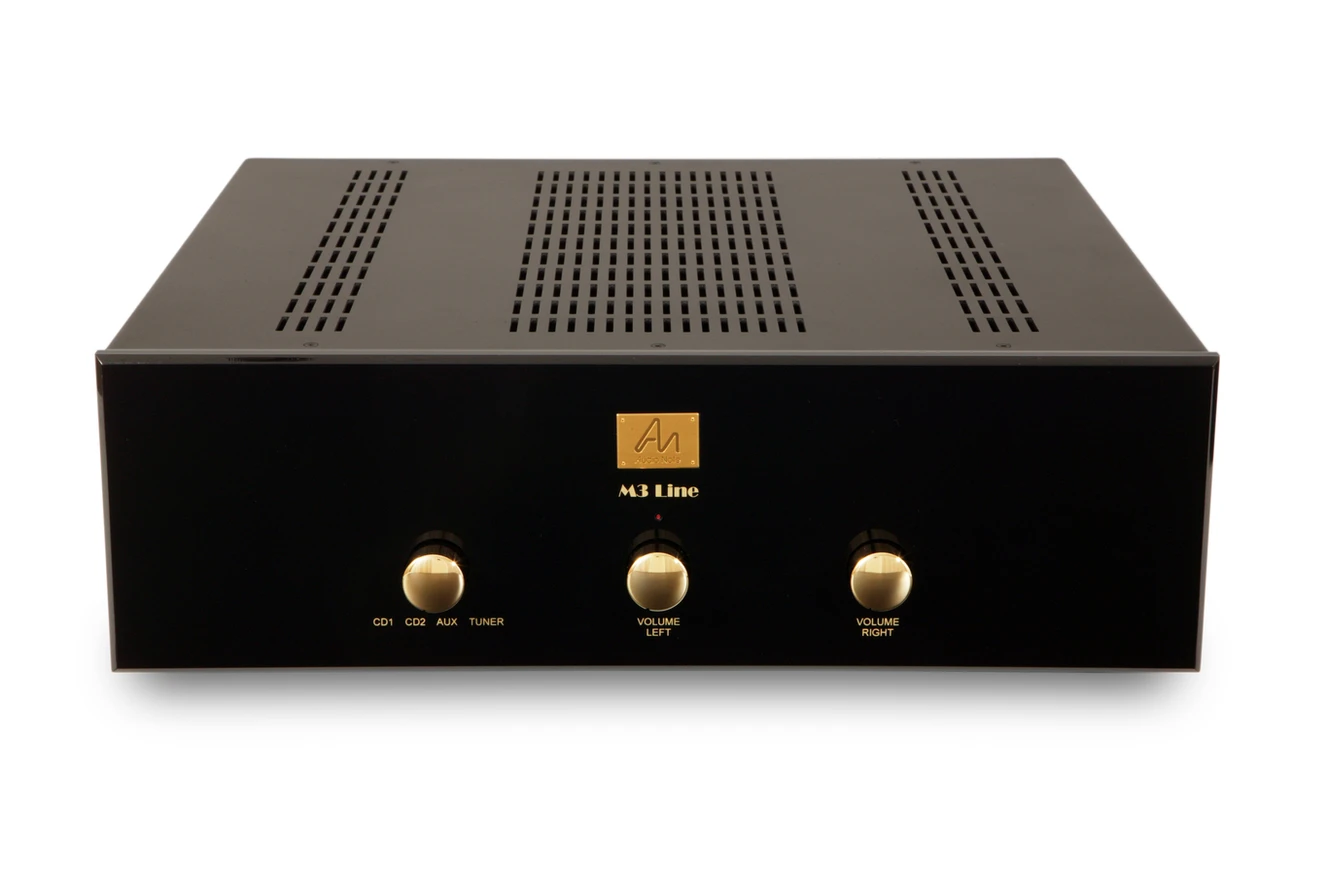

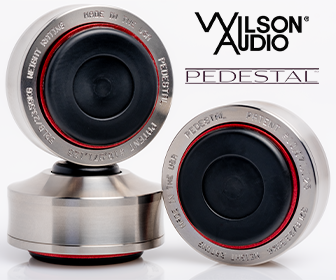
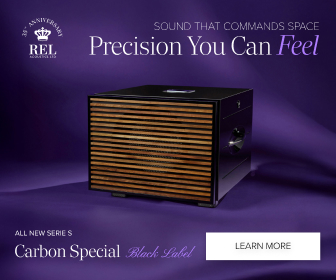
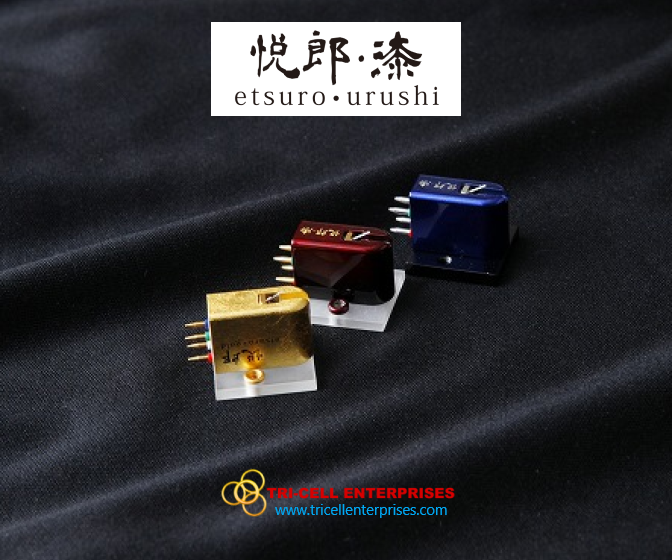
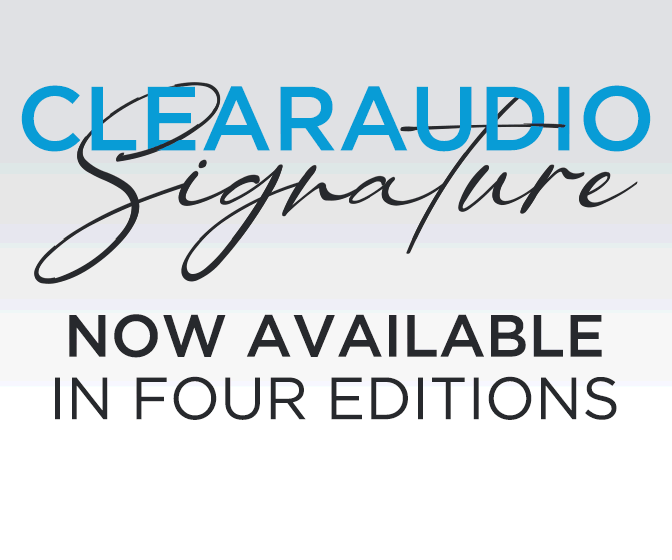
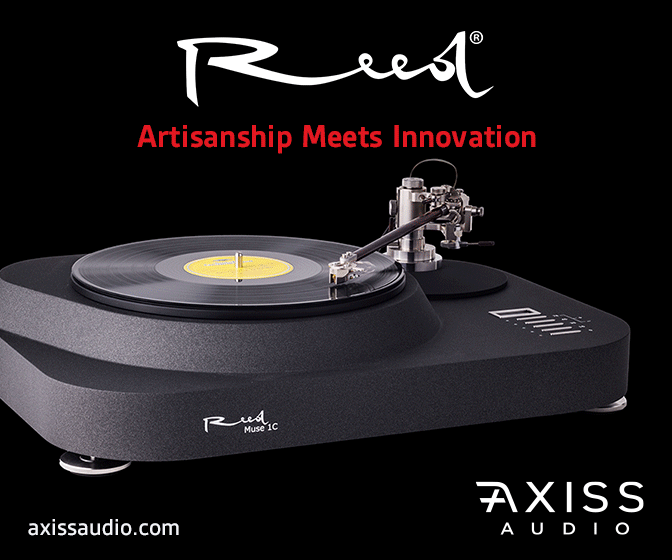
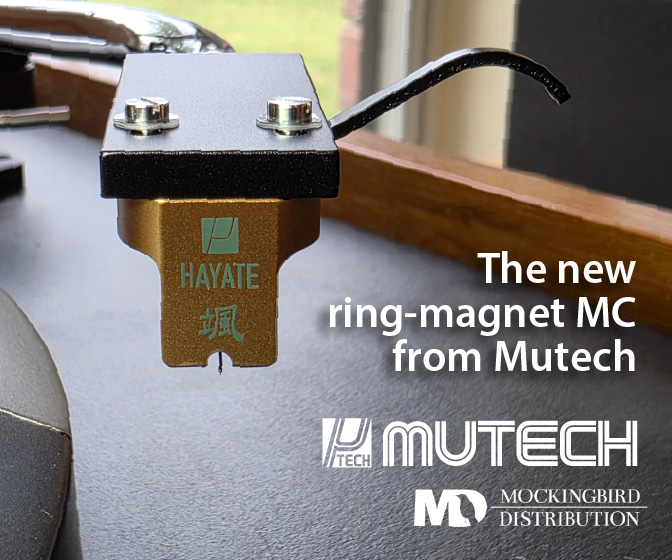
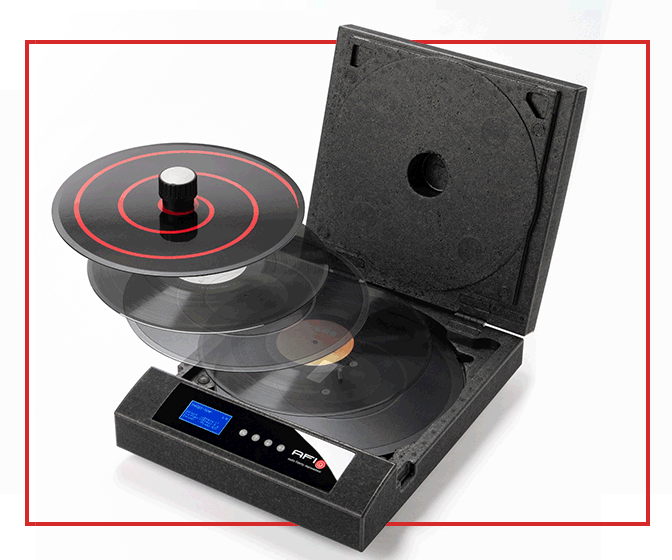
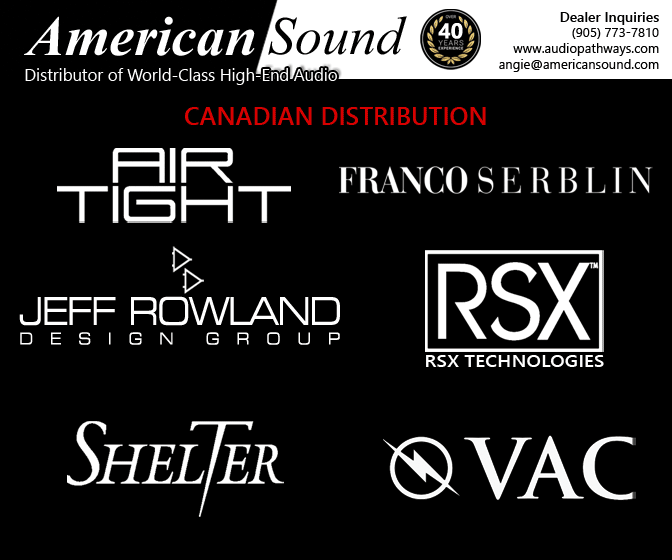
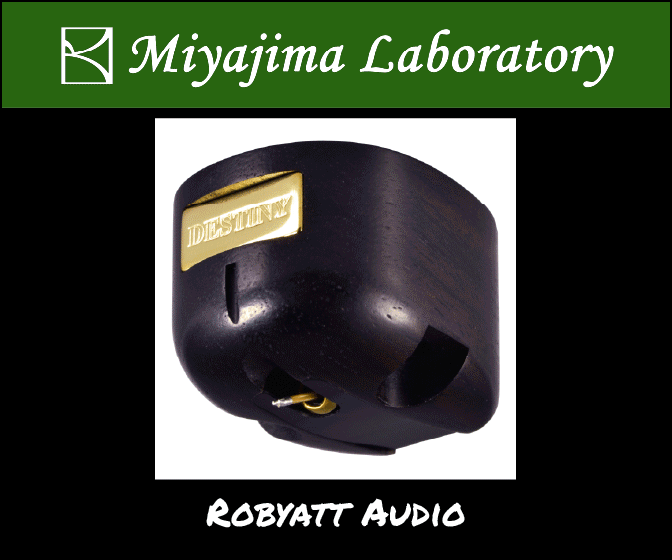
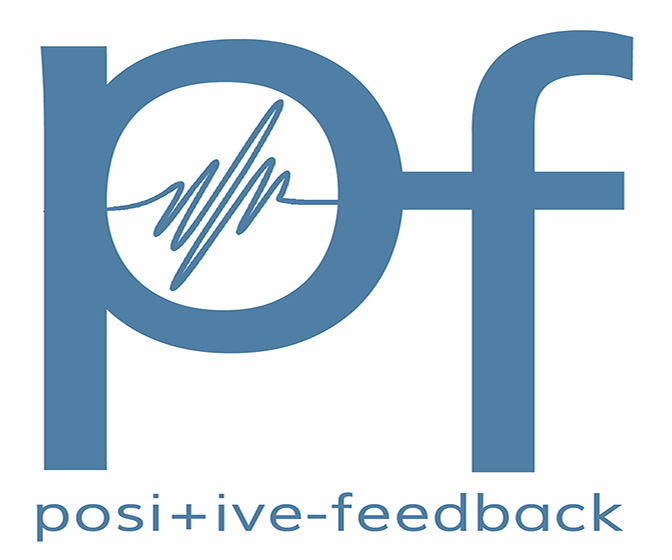
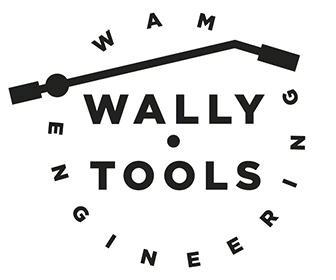
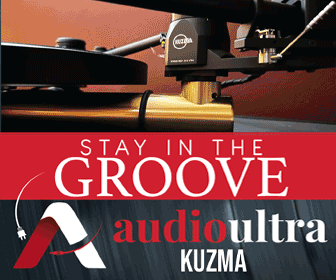
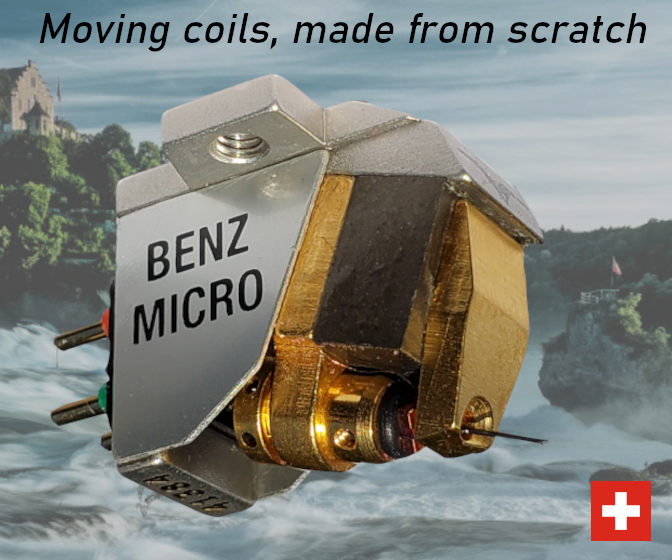
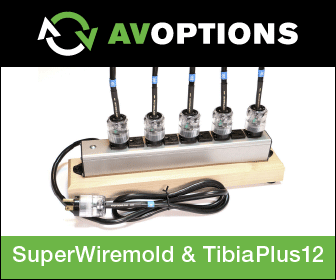
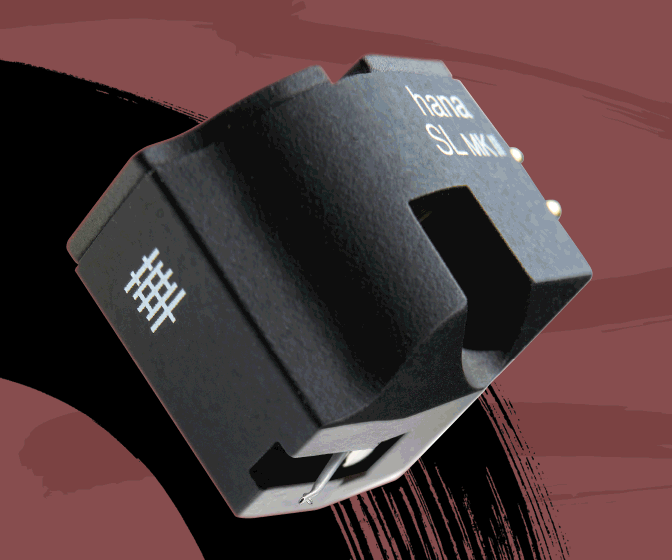
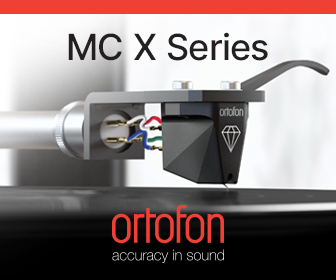
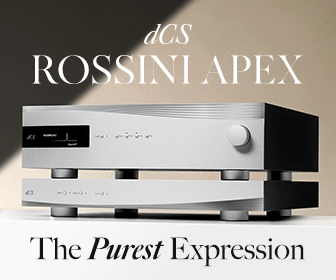
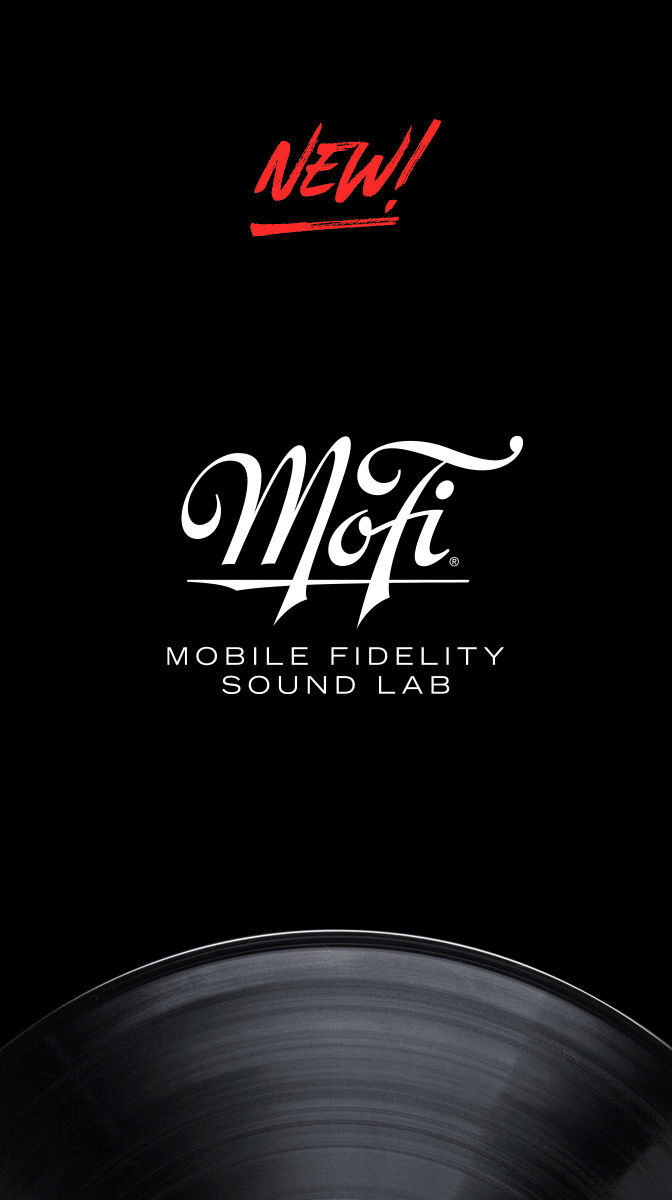
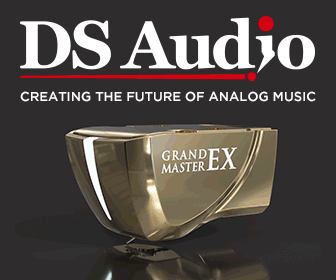
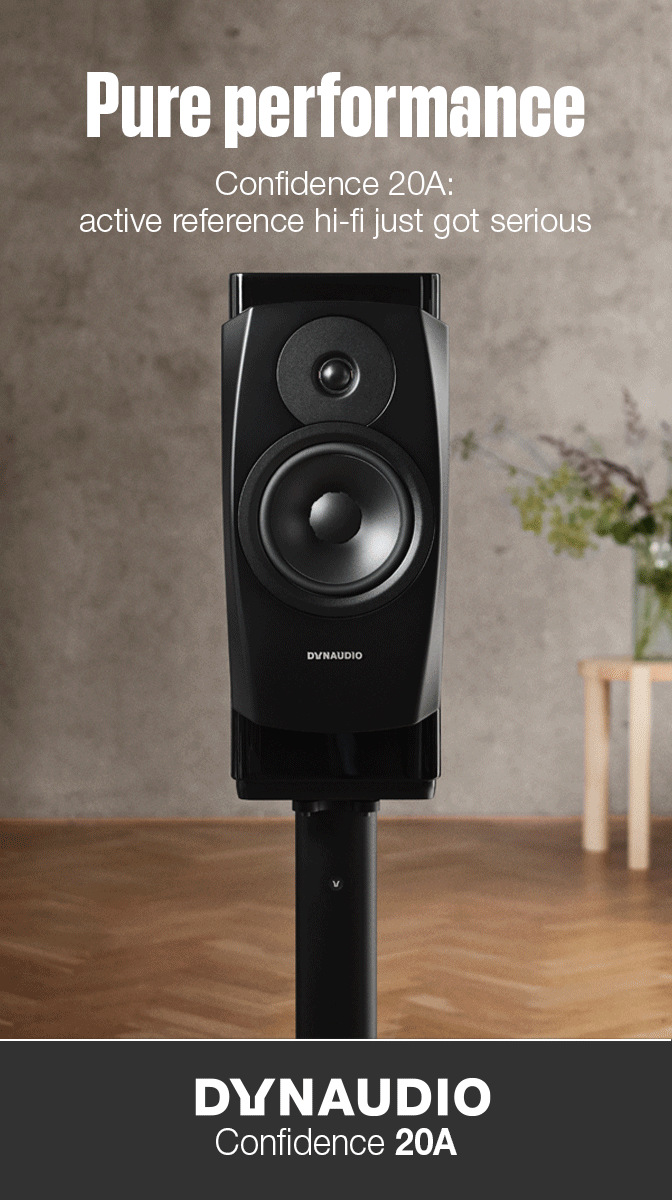
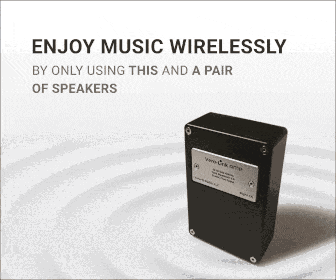
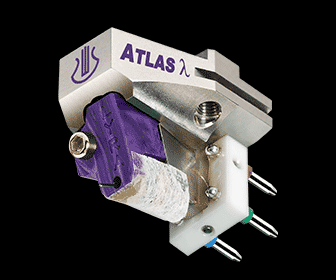

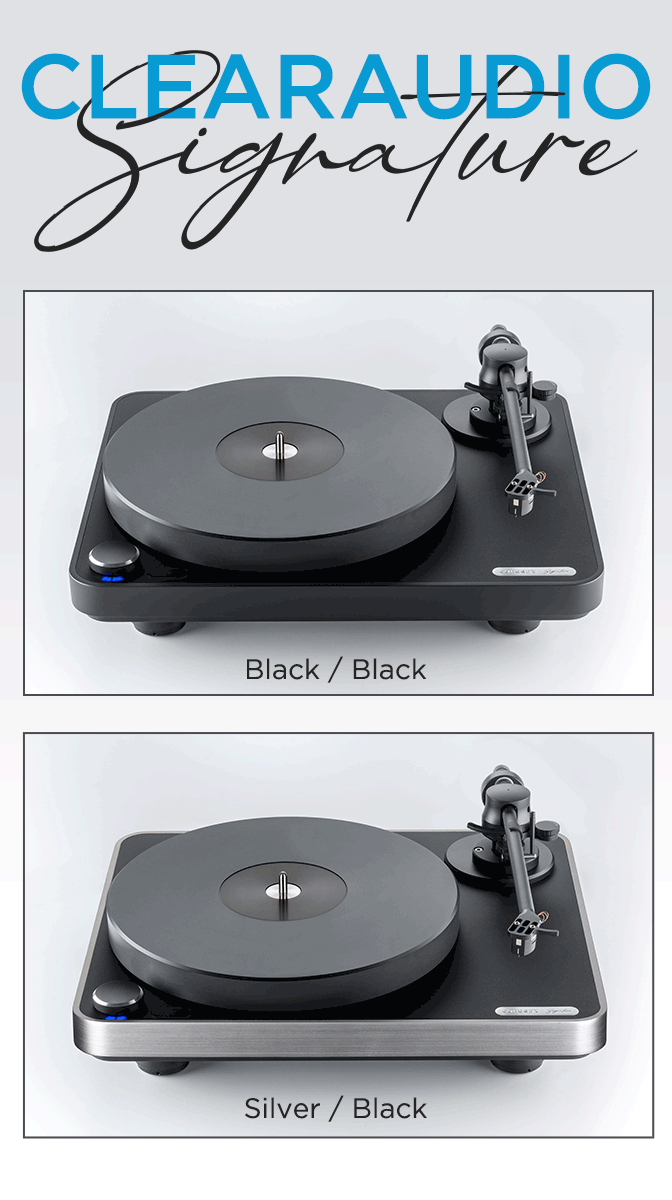
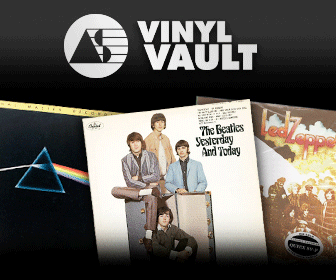
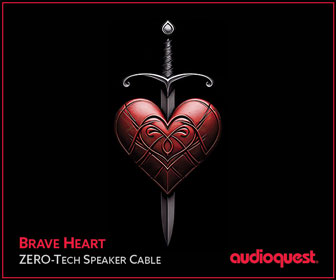
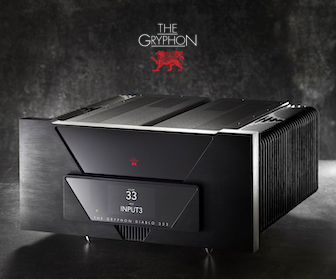
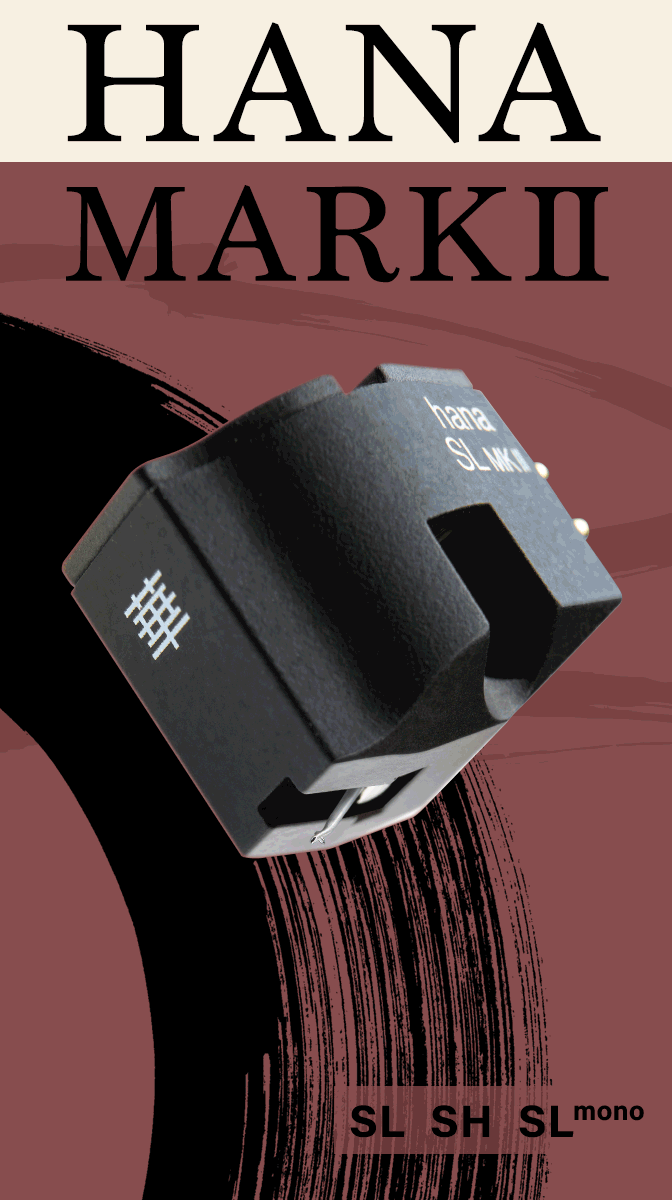


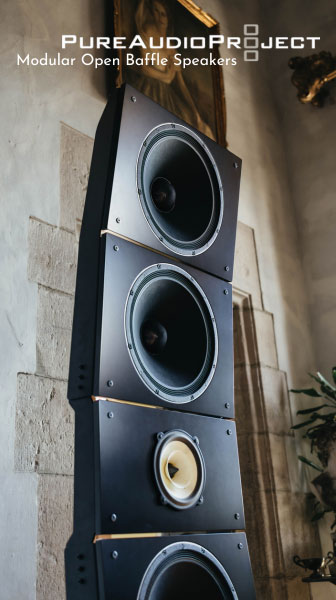
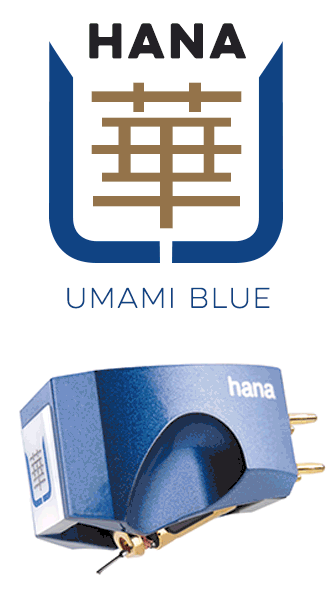





.png)








